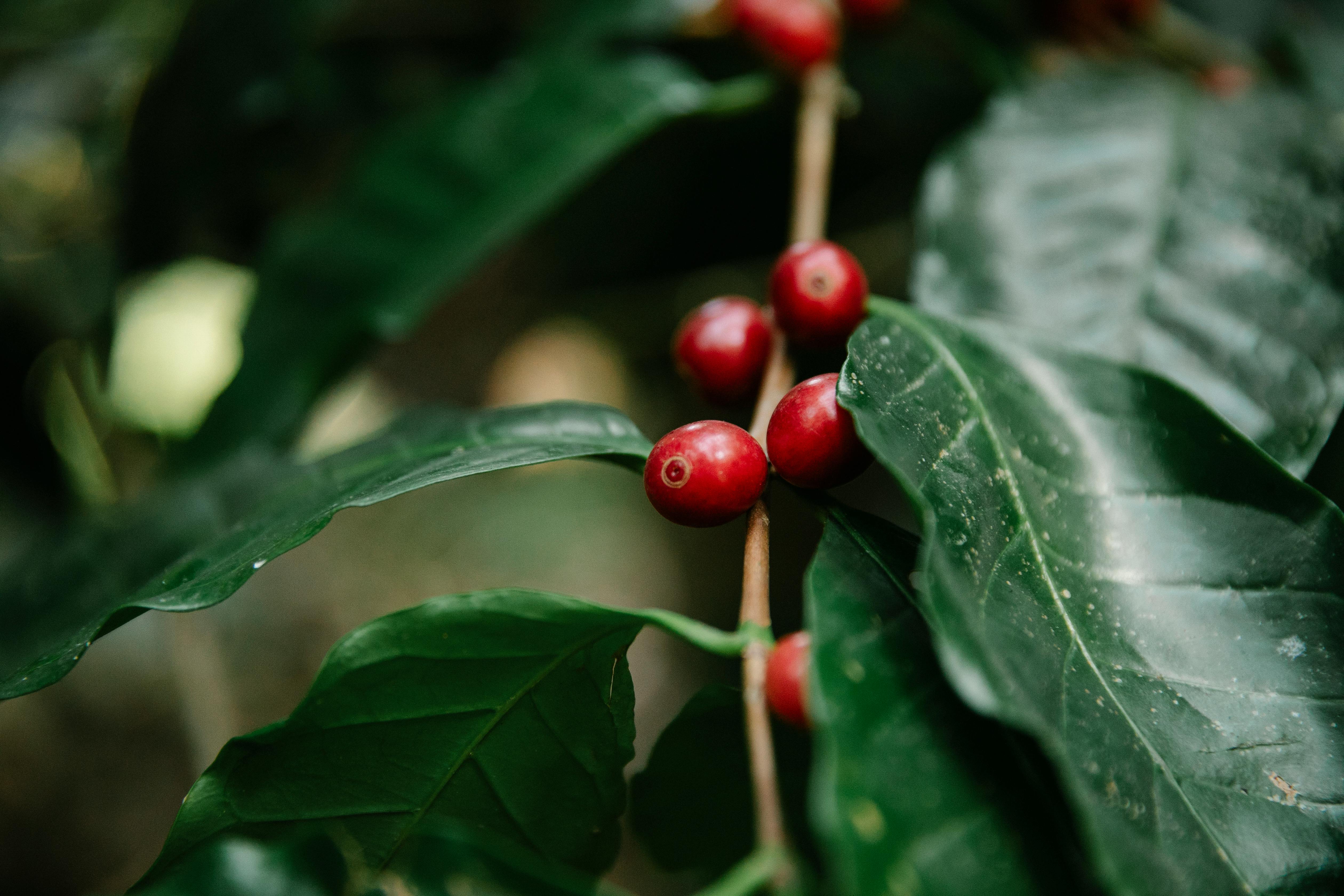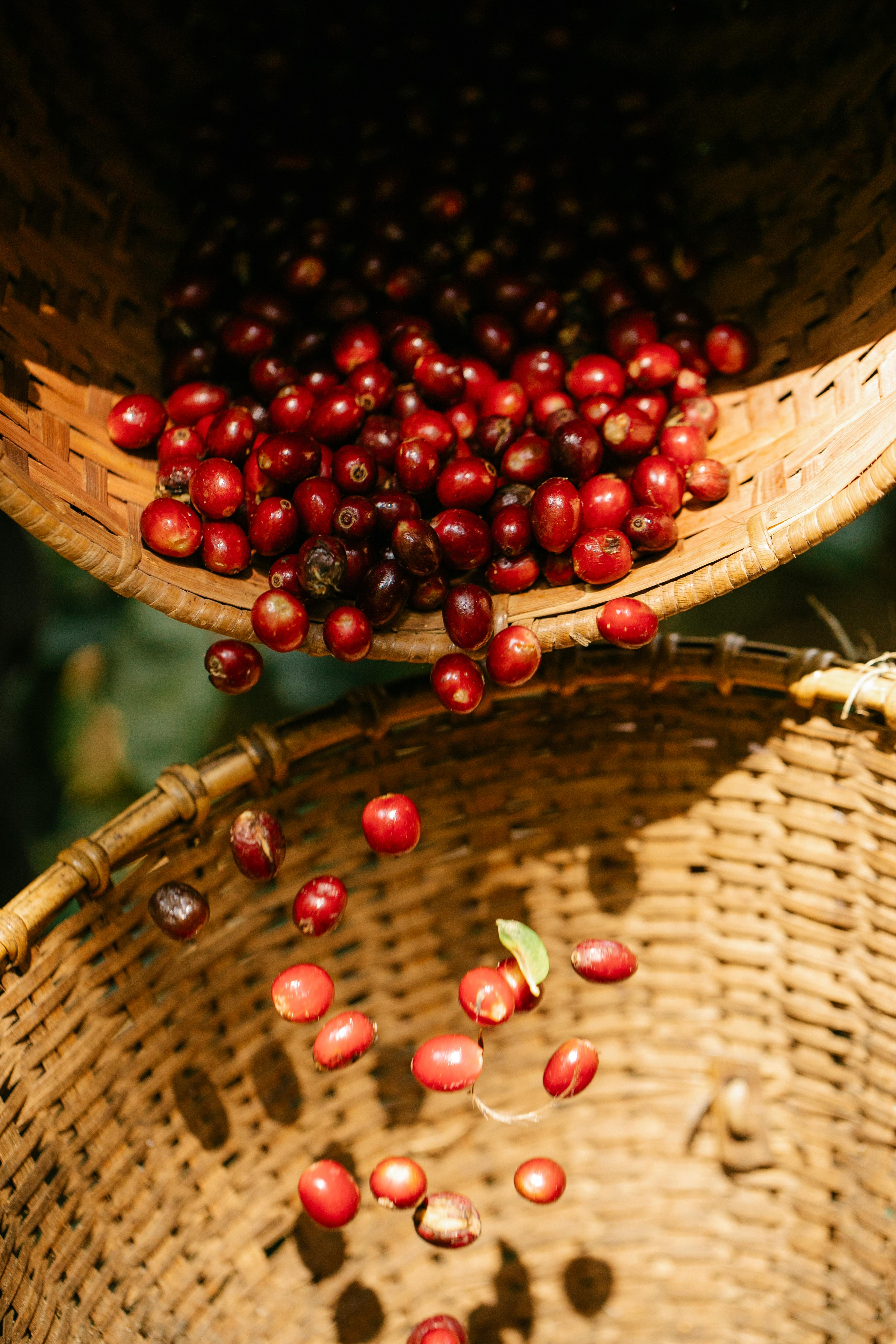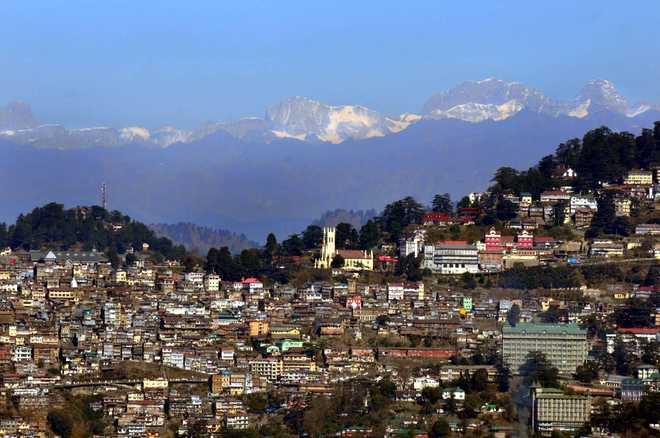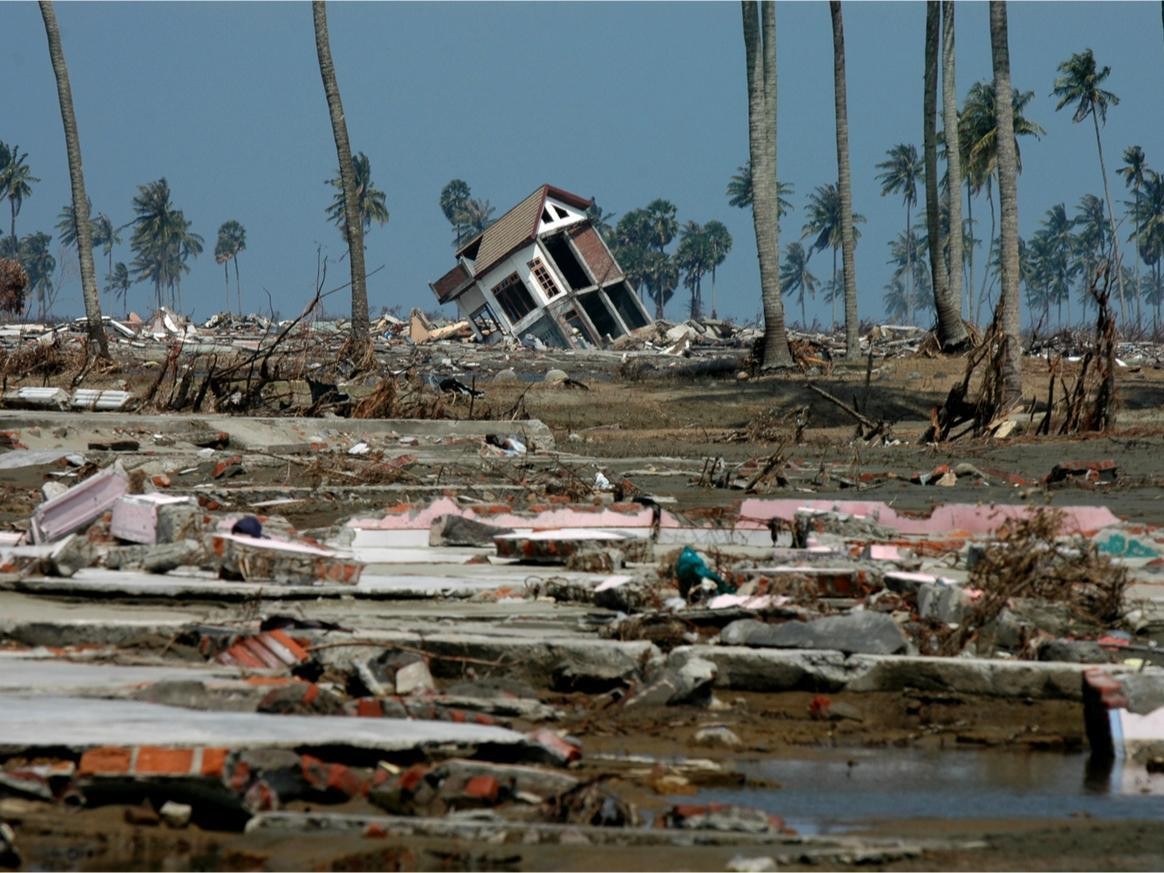Coffee Bean to Cup: Do you know what’s up?
This sweltering heat could mean drastic changes to your coffee. The crop due to its particularly “narrow climate range” is extremely vulnerable to the changing climate.
By Ojas Khurana / May 3, 2024

Source: Pexels Stock Photo
Interestingly, your coffee is not just about you. There are over 25 million small-scale coffee farmers in the world and the production of coffee employs close to 100 million people. India is the 6th largest coffee producer, with Karnataka contributing 71% of coffee production. India's approach to coffee has always been innovative and unique, and now it faces unprecedented challenges.
From the lush fields where coffee cherries grow to the blissful cups enjoyed in cozy cafes, every step of coffee production is impacted by the changing climate. If global warming continues at its current pace, by the middle of the century, half of today's coffee-growing land could become unusable.Let's take a closer look into the coffee-making process and see how climate change is brewing trouble at every step of the way.
Coffee Cultivation
Coffee starts its journey in equatorial regions with two main varieties: Arabica and Robusta. Arabica, which makes up 55% of the world's coffee, requires specific conditions to thrive—moderate temperatures, ample rainfall, and high altitude. India shines as a beacon of innovation in sustainable coffee cultivation. According to coffee expert Neuschwander, Indian coffee farms exemplify resilience and adaptability. They employ advanced agroforestry practices, including tall-canopy shade and intercropping with high-value spices, to enhance biodiversity and ecological balance. Moreover, facing significant disease pressures, Indian farmers have innovated in selecting resilient tree varieties, making Indian coffee an underappreciated gem in the global coffee landscape.
However, as temperatures rise, Arabica plants are increasingly vulnerable to heat stress and drought, leading to reduced yields and quality. In India, a lot of the Arabica is grown in Chikmanglur. A farmer from that region recounts how climate change has caused leaf shedding, reduced coffee plant productivity, and increased vulnerability to pests. Extreme cold delays plant flowering and lowers berry quality.
In regions like Coorg, India—known as the "Scotland of India"—the situation is dire for Robusta plants as well. Expected to halve in yield if temperatures reach 2°C above pre-industrial levels, these plants are also suffering from water scarcity and irregular monsoon patterns, further threatening production.

Coffee Harvesting & Processing
The next step is harvesting, where timing and weather conditions must align perfectly to pick ripe coffee cherries. Unfortunately, climate change introduces unpredictability, with extreme weather events causing cherries to burst or drop prematurely. In India, heavy rains just before harvest have led to widespread crop spoilage, as continuous downpours prevent the cherries from drying properly.
Once harvested, coffee beans are processed. Indian farmers are adopting alternative methods like installing mechanical dryers to ensure quality despite unseasonal rains. This adaptation is crucial for maintaining the integrity of the coffee beans during the drying process, traditionally done under the sun. The labor-intensive nature of coffee farming exacerbates these challenges, as finding labor becomes more difficult and costly in the face of extreme weather. In comparison to other coffee-producing countries, the use of machinery is still less prevalent, resulting in one of the highest production costs. For instance, in Brazil, labor accounts for only 25% of the total production costs, whereas in India, it comprises about 65%.
Distribution & Reaching Your Cup
The journey from farm to shop is long, and with climate change, the cost of coffee production is rising. As the yield decreases and the cost of implementing adaptive measures increases, the economic burden on farmers intensifies. This is particularly concerning given that farmers earn only about 1% of the cost of a cup in a coffee shop, according to Fairtrade International.
After a long and increasingly challenging journey, the coffee finally makes its way to your cup, whether you're at home or in a coffee shop. By supporting initiatives that encourage sustainable farming and fair compensation for coffee producers, consumers can contribute significantly to developing a sustainable and resilient coffee industry. This support is crucial now more than ever, as the last decade was the warmest on record.

Another scientist, Sarada Krishnan, who is the director of programs at the Germany-based Global Crop Diversity Trust, emphasizes the importance of conserving wild coffee species, which are resilient to diverse ecological conditions. Highlighting the genetic diversity beyond the commonly cultivated Arabica (Coffea arabica) and Robusta (Coffea canephora), she advocates for the coffee sector to invest in protecting these vital genetic resources to ensure the future climate resilience of the coffee industry.
As we sip our daily brew, it's crucial to recognize that each cup is a reminder of our interconnectedness. The decline in coffee production due to climate change not only threatens a beloved global tradition but also underscores the urgent need for sustainable practices to increase the climate resilience of crops.


